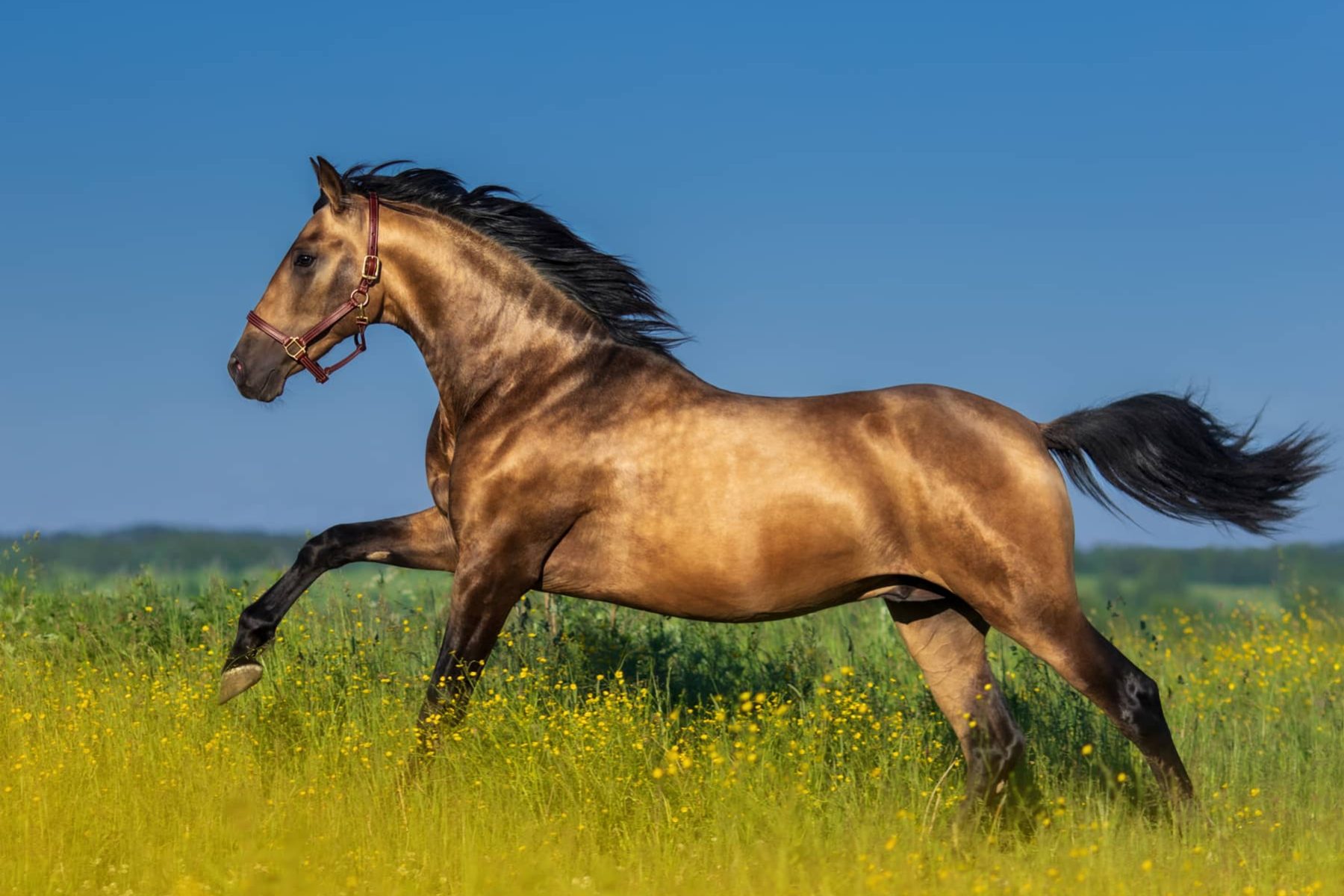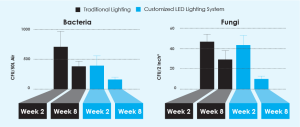
Research shows Blue Light reduces bacterial and fungal growth

As early as 1887, visible blue light was known to be the most effective part of the light spectrum to stimulate phototropism in plants. Recent research in the human medical field has shown that blue wavelength light can inhibit specific microbial growth. Taking this research into consideration, we conducted a trial on a group of two-year-old thoroughbreds in training. The horses divided into two groups from the same yard. One group housed under a blue-enriched polychromatic LED light with gradual transitions at dawn and dusk and red light at night. Group two housed under traditional stable lighting provided by fluorescent tubes.
 During this trial, environmental samples of stable air and interior surfaces were collected on weeks two and eight. Samples were cultured and analysed for fungal and bacterial microbes by the Microbiology Department of the Irish Equine Centre. The results of the trial showed airborne and surface microbes reduced in the stables with the customised LED lighting system, especially after eight weeks.
During this trial, environmental samples of stable air and interior surfaces were collected on weeks two and eight. Samples were cultured and analysed for fungal and bacterial microbes by the Microbiology Department of the Irish Equine Centre. The results of the trial showed airborne and surface microbes reduced in the stables with the customised LED lighting system, especially after eight weeks.
The customized LED lighting system tested here reduced the microbial concentrations in the stable environment that could contribute to respiratory infection, extended wound healing time and skin infections such as ringworm. Modern management of horses requires that they spend a large proportion of the day indoors, unexposed to natural daylight. Natural daylight contains a high proportion of blue light. The Equilume Stable Light uses light that is enriched in the blue spectrum.
